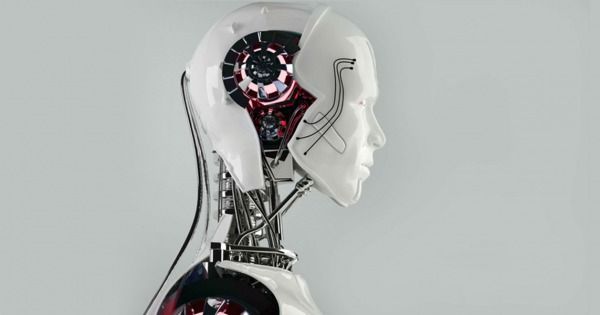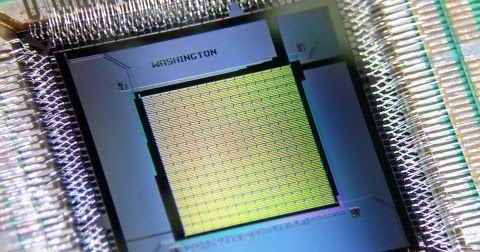1st Robot has been arrested this year; guess Kurzweil’s request for Robots to have Constitutional Rights may have a need.
You might be forgiven if you were under the impression that the Russian government is a bit behind the times when it comes to modern technology and its never ending desire to stifle every last bit of dissent possible. Between the bouts its had with internet censorship and some strange claims about how binge-watching streaming services are a form of United States mind-control, it would be quite easy to be left with the notion that this is all for comedy. Alas, blunders and conspiracy theories aside, much of this technological blundering is mere cover for the very real iron grip the Russians place upon free speech, with all manner of examples in technology used as excuses to silence its critics.
And now it’s no longer just human beings that need fear the Russian government, it seems. Just this past week, a robot was arrested at a political rally. And, yes, I really do mean a robot, and, yes, I really do mean arrested.
A robot has been detained by police at a political rally in Moscow, with authorities attempting to handcuff the machine. The rally was for Valery Kalachev, a candidate for the Russian Parliament, who had rented the robot for his campaign.






